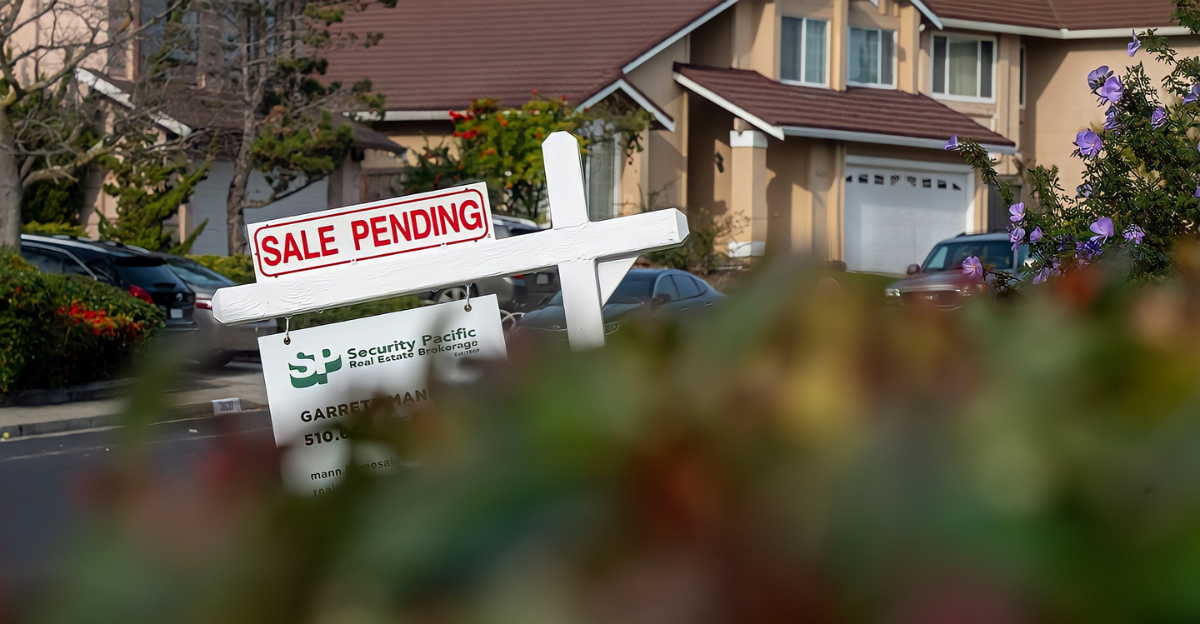
America’s housing affordability crisis, once concentrated in progressive coastal cities, is now sweeping the entire nation. Cities like Phoenix, Miami, Atlanta, and Dallas — long considered affordable havens — have seen median home prices rise by 134%, 133%, 129%, and 99%, respectively, over the last decade.
In contrast, increases in New York, San Francisco, and Los Angeles hovered around 75-97%. The result is a nationwide squeeze, with even traditionally low-cost markets now slipping out of reach for many Americans.
The Sun Belt’s Former Safety Valve
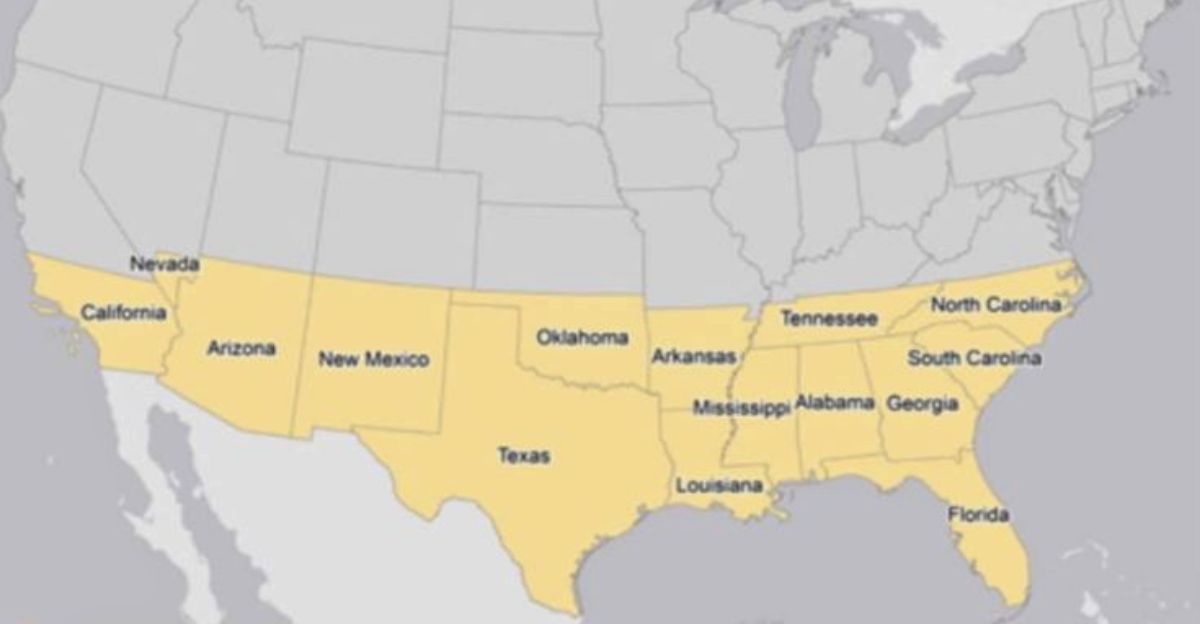
For decades, the Sun Belt’s rapid suburban expansion acted as a pressure-release valve for the national housing market.
People priced out of expensive cities could find affordable alternatives in sprawling southern and southwestern metros. However, this dynamic is changing.
As prices surge in these once-affordable regions, the safety valve is closing, leaving fewer options for those seeking relief from high housing costs.
The Regulatory Puzzle

Conventional wisdom blamed blue-state regulations and anti-growth sentiment for the housing crisis. But the steepest price hikes are now in red and purple states that are supposed to be less restrictive.
This paradox has prompted experts to question whether regulations and NIMBYism (Not In My Backyard) are the true culprits or if the problem runs deeper and is now spreading nationwide.
The Sun Belt’s Building Boom — and Bust

Urban economists Ed Glaeser and Joe Gyourko have found that as recently as the early 2000s, Sun Belt cities like Dallas, Atlanta, and Phoenix were building new homes at more than four times the rate of coastal cities.
This building boom kept the national housing crisis at bay for years. But over the past 25 years, the rate of new construction in most Sun Belt metros has fallen by more than half, even as demand has soared.
Why Isn’t Supply Keeping Up?
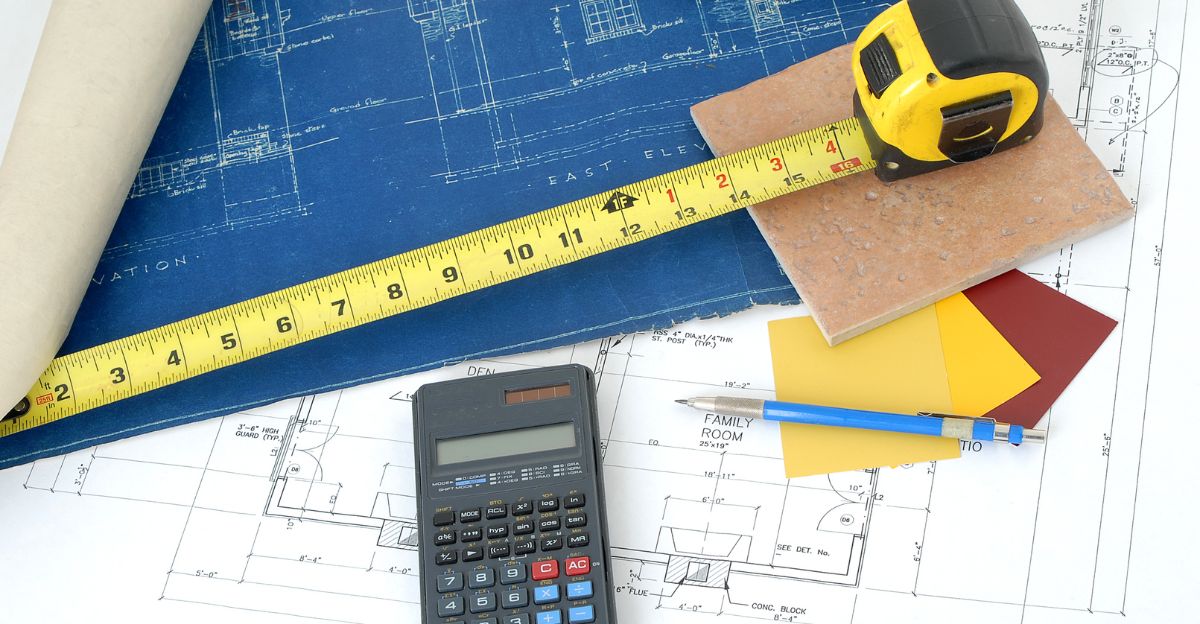
Despite continued demand and potential for profit, homebuilding in the Sun Belt has slowed. Some blame industry consolidation or rising construction costs, but these factors only partially explain the trend.
Developer profit margins have remained steady, and the share of homes selling well above construction costs has increased. The real obstacle appears to be a growing web of local restrictions and opposition to new development.
NIMBYism: A Universal Barrier
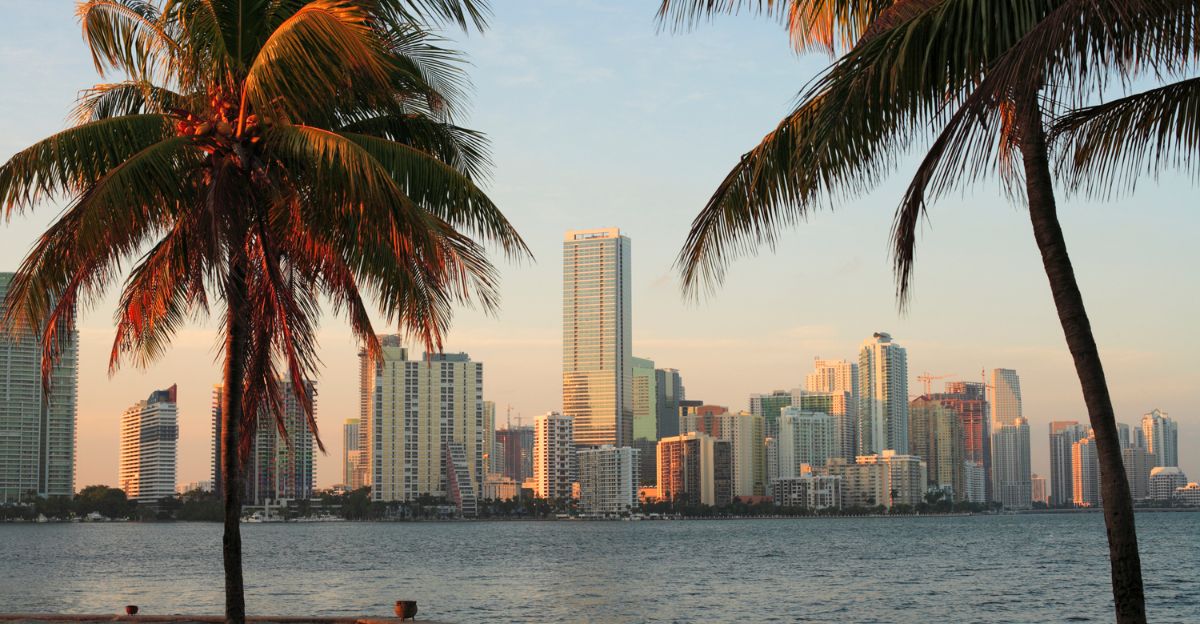
The Sun Belt is grappling with the same anti-development forces that once plagued the coasts. Research shows that cities Miami and Phoenix rank among the nation’s most restrictive in terms of land-use regulations, with Dallas and Nashville not far behind.
Zoning codes in Atlanta, for example, are now nearly as complex as those in Los Angeles during the 1990s.
The End of Endless Sprawl
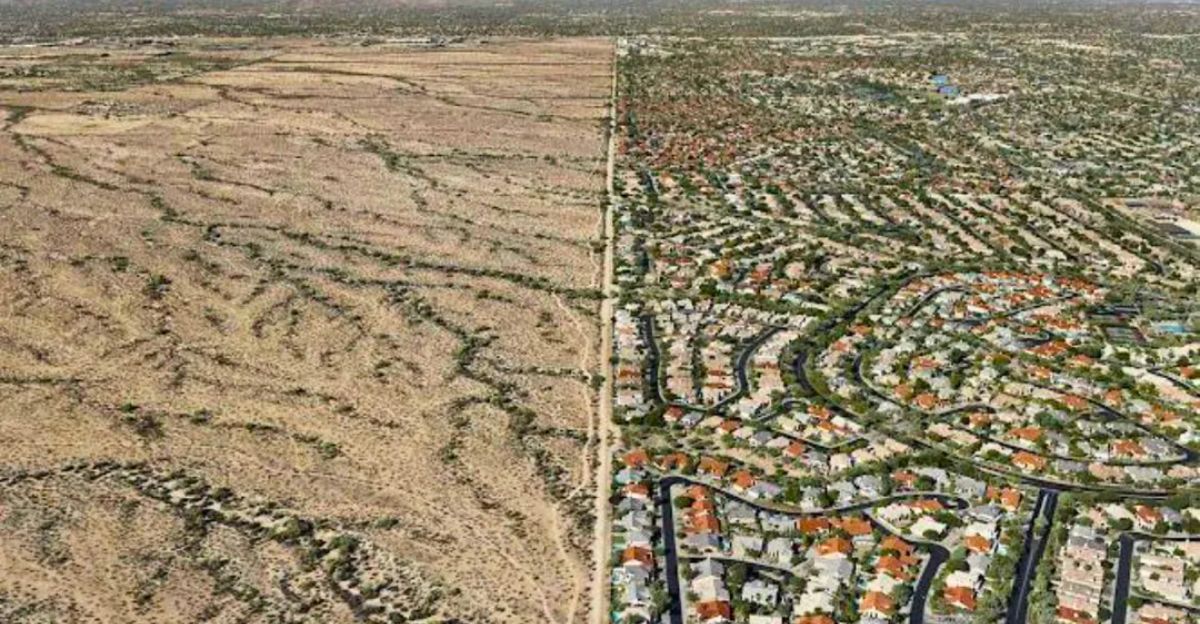
In the past, Sun Belt cities could expand outward indefinitely, building single-family homes on the urban fringe with little resistance.
But many are now hitting natural barriers — like the Everglades near Miami or tribal lands near Phoenix — or have simply sprawled as far as reasonable commutes allow.
To keep growing, these cities must now increase density in established neighborhoods, a far more contentious and difficult process.
Affluence and Opposition
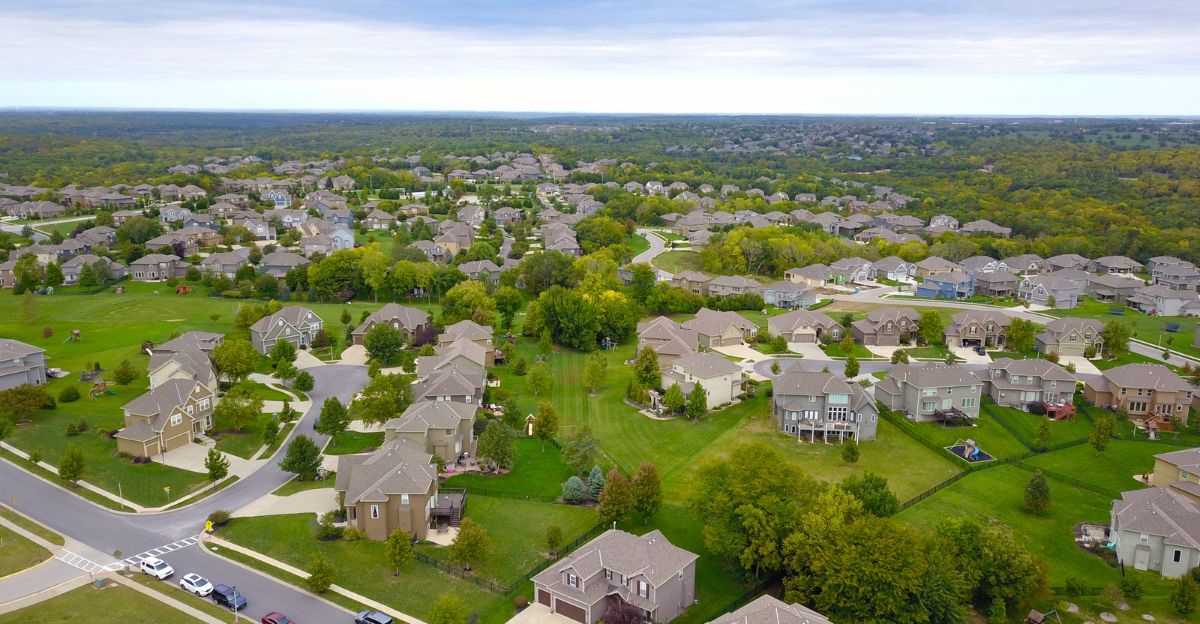
As Sun Belt cities have grown more affluent and educated, residents have become more likely to resist new development.
Studies show a strong correlation between rising college-educated populations and slowing housing production.
Affluent, low-density suburbs are especially prone to NUMBY activism, using local laws and political influence to block new housing projects.
Policy Responses and Reform Efforts
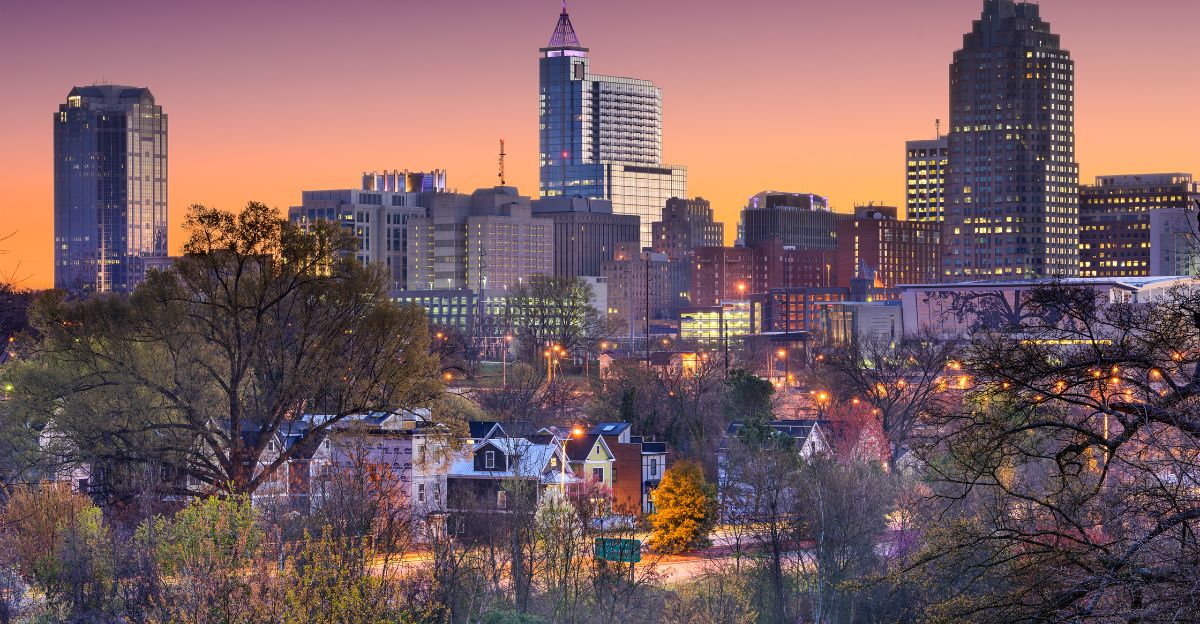
Some cities and states are responding to the crisis with reform. In 2021, for example, Raleigh in North Carolina reformed its zoning laws, making it easier to build multifamily housing.
As a result, the city saw a 60% increase in new units built annually and only the rental-cost growth compared to previous years.
Texas recently passed legislation to reduce minimum lot sizes and limit the power of local opposition to new housing.
The Road Ahead

Despite these reforms, opposition to new development remains strong, and many local governments struggle to enact lasting change. The recent spike in home prices across the Sun Belt has increased pressure on lawmakers to act.
As the region faces the same challenges as the coasts, it now has a chance to learn from past mistakes and implement policies that ensure housing remains accessible for future generations.
